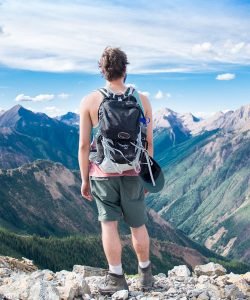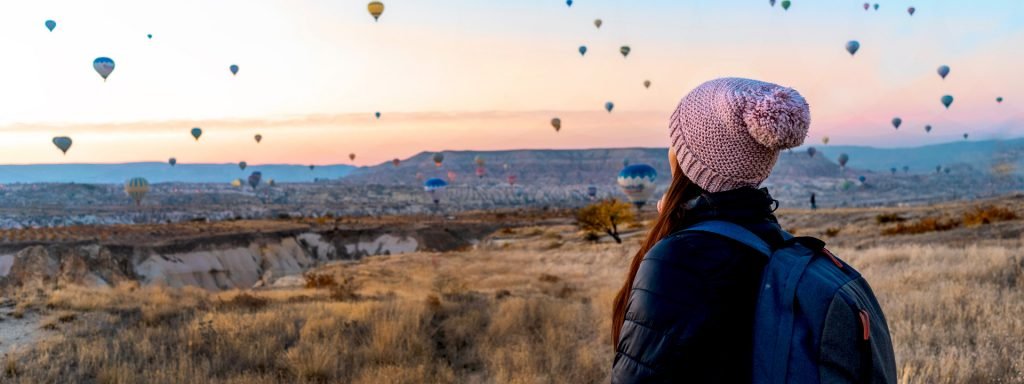Visiting the United States for the first time is both thrilling and intimidating. The country’s sheer size, cultural diversity, and variety of attractions make it one of the most exciting destinations in the world. But there are certain things you should know before setting off on your American adventure.
This in-depth guide brings you essential travel tips for first-time visitors to the USA, so you can travel smart, safe, and stress-free.
Understanding the Basics: Preparation is Key

Entry Requirements and Visas
Before booking your flight, it’s crucial to know the entry protocols. Most travellers need a non-immigrant visa or an approved ESTA (Electronic System for Travel Authorization) if you’re from a Visa Waiver Program country. Start your application early and double-check your passport—it should usually be valid for six months beyond your planned stay. Keep digital and paper copies of your ESTA or visa, insurance, and return tickets.
At US airports, you’ll complete a customs form and answer questions about your travel plans, so be prepared with clear, honest answers.
Key Documents and Insurance
Carry multiple copies of key documents: your passport, visa/ESTA, accommodation details, travel insurance policy, and emergency contacts. Travel and health insurance are strongly recommended, as medical costs in the USA can be steep. Save digital copies to a cloud service or email, too, in case you lose your originals.
Currency, Payments, and Tipping
The official currency is the US Dollar (USD). Card payments are widely accepted, but it’s smart to carry some cash for small purchases, tips, or in rural areas. ATMs are everywhere, and mobile payment apps like Apple Pay, Google Pay, and Venmo are popular. Tipping is a significant cultural norm: leave 15–20% for waitstaff, bartenders, and taxi drivers.
Traveling Around: Transportation Tips
Airports and Domestic Flights
Major US cities have large, busy airports—plan extra time for check-in and security. Domestic flights are common for long distances; compare prices on aggregator sites like Google Flights or Expedia before booking.
Car Rentals and Road Trips
If you want to explore beyond big cities or travel cross-country, renting a car is ideal. The US is famous for road trips—like Route 66 and the Pacific Coast Highway. Remember, Americans drive on the right, and most cars are automatic. Indian, UK, and EU drivers can typically drive with their home license for a short time, but an International Driving Permit (IDP) is preferred.
Public Transport
Large cities like New York, Chicago, and San Francisco have reliable subways and buses. Smaller towns may have less robust networks, so research local options. Apps like Citymapper and Google Maps are incredibly useful for navigating public transport.
Where to Stay: Accommodation Advice
Hotels, Motels, and Beyond
Hotels are available at every price range, but “motels” (motor hotels) are popular for road trips and offer parking right outside your room. For budget stays, consider hostels or short-term rentals (like Airbnb). When booking, compare reviews on TripAdvisor or Booking.com, and check for hidden fees or taxes.
Location Matters
In major cities, staying downtown means easier access to sights, but can be pricier. If you’ll use public transport, make sure your accommodation is near a bus or subway line. For National Parks or small towns, book early—rooms can sell out quickly in peak seasons.
Safety First
Read up on the neighborhoods before you go—some have higher crime rates than others. Lock up valuables, use hotel safes, and don’t open the door to strangers.
Safety, Health, and Emergencies
Emergency Numbers and Contacts
Dial 911 for any emergency—police, fire, or medical. Save this and your country’s embassy contact in your phone. Pharmacies (like CVS or Walgreens) are widespread, and most are open late.
Healthcare in the USA
Healthcare is private, and costs are high even for small treatments. Always have travel insurance with good medical coverage and check if your policy covers the USA specifically.
Food and Water Safety
Tap water is generally safe. American food portions are large, so consider sharing or requesting a “to-go box.” If you have food allergies, communicate them clearly—restaurants are used to handling such requests.
Cultural Etiquette and Essential Facts
Social Norms
Americans are friendly and informal but value personal space. Always queue (don’t cut in line), say “please” and “thank you,” and greet with a handshake or a smile.
Public Holidays and Business Hours
National holidays like Independence Day (July 4) and Thanksgiving (fourth Thursday in November) can affect transport and attractions, so plan accordingly. Most stores and restaurants open early and close by 9–10 PM, but hours vary by region.
Legal Differences
The legal drinking age is 21. Smoking is banned inside most restaurants and public areas. Avoid jaywalking (crossing the street outside of a crosswalk)—it’s illegal in many cities.
Essential Apps and Resources
- Navigation: Google Maps, Citymapper
- Language/Phrase Help: Google Translate
- Money: Venmo, PayPal, XE Currency
- Transport: Uber, Lyft, Amtrak for trains
- Trip Planning: Roadtrippers, TripIt
Download these before your trip and check if they require a US-based phone number.
Packing: Be Ready for Anything
Weather and Climate
The USA spans several climates—from freezing winters in New York to year-round sun in Florida and California. Pack layers and check the weather for all your destinations.
Restricted Items
Check what you can and cannot bring in at CBP.gov (US Customs and Border Protection). Prohibited items include many agricultural products, and bringing in certain medications can require a doctor’s note.
Gadgets
Bring a universal power adapter (plug type A/B, 110V supply). Consider a portable battery for your phone—outlets aren’t always available when you need them.
Making the Most of Your Trip
Regional Highlights and Itineraries
Pick a few regions or cities to focus on rather than trying to see everything. The distances are vast—fitting the East Coast, West Coast, and Midwest into one short trip is tough!
National Parks and Nature
The US National Parks are spectacular and offer great value. Buy an “America the Beautiful” pass if you’ll visit several. Plan your visit ahead for popular parks like Yellowstone or Yosemite, where entry slots or parking might require reservations.
Free and Low-Cost Attractions
Many museums (especially in Washington, DC) have free entry. Explore public parks, city festivals, and local markets.
Connect with Locals
Americans are open to visitors—talk to your bartender, tour guide, or folks in line. Respect local customs, but don’t be shy about asking for recommendations.
Conclusion
Traveling in the USA exposes you to a melting pot of cultures, landscapes, and unforgettable experiences. With good preparation, awareness of local customs, and a flexible approach, you’ll make the most of your trip. Keep this guide handy as you explore, and get ready to enjoy the best that America has to offer!
Whether you’re taking your first bite of a New York bagel, standing in awe of the Grand Canyon, or soaking in the electric atmosphere of Los Angeles, your first trip to the USA can be as safe and rewarding as you want it to be. Bon voyage!

